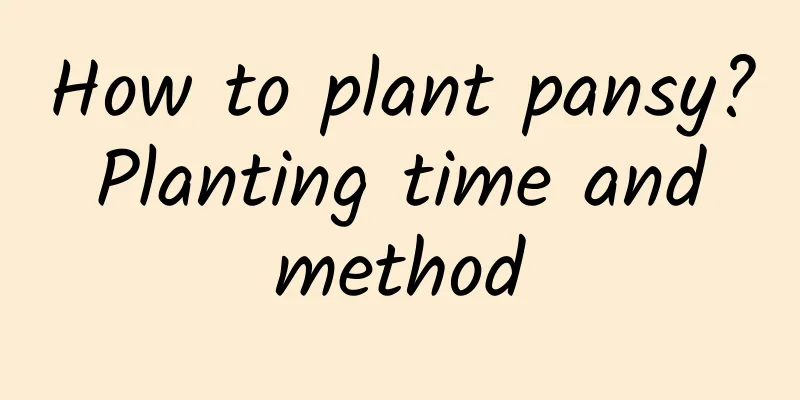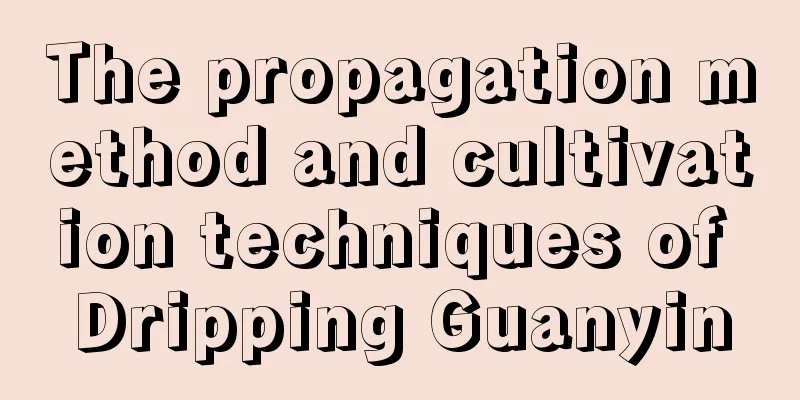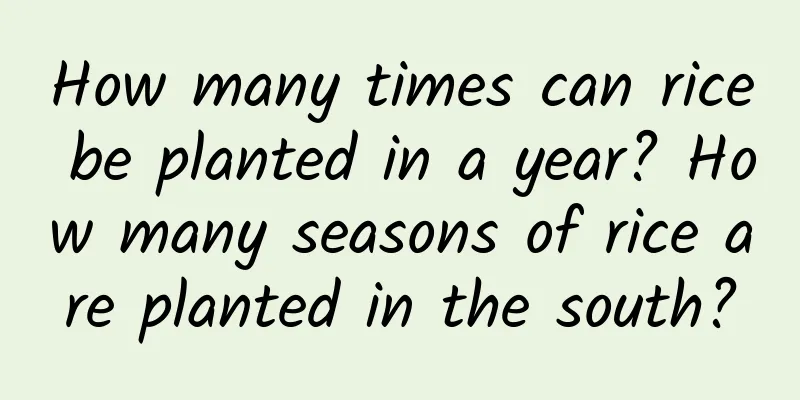Winter care of Gloxinia

1. Low temperature treatmentIn winter, when the overall temperature is low, plants such as Gloxinia will stop growing and go into dormancy. At this time, no matter how you take care of it, it will not grow, so the African violet can be preserved. First, collect the bulbs and place them in a place with low temperature and low humidity, waiting for them to dry naturally, or wrap the bulbs of Gloxinia with absorbent paper, such as newspaper. When winter is over, at least after the fifteenth day of the first lunar month of the Spring Festival, the bulbs can be replanted and maintained according to normal care methods. 2. Maintenance in the NorthIf it is a northern family that has heating in winter, then you can continue to plant it and it will bloom like normal seasons. The suitable temperature for Gloxinia is 20 degrees. If the temperature at home can reach this temperature, you can maintain it according to normal maintenance methods. However, in some homes with heating, or in the warmer south, the temperature will not drop below five degrees Celsius, but it will still be less than twenty degrees Celsius. At this time, the amount and frequency of watering should be reduced to prevent root rot. 3. How to spend the dormant periodIf Gloxinia enters a dormant period, the temperature still needs to be maintained at a certain temperature, between ten and twelve degrees. If it is not taken out and stored separately, the pot should be kept dry to prevent rotting in a cold and humid environment. During the dormant process, it is not suitable to be placed in places with strong light. The plants should be properly shaded and can only be placed when the sunlight is not strong. 4. How to germinate after rejuvenationAfter spring, at least after the 15th day of the Spring Festival, when the temperature remains around 15 degrees Celsius to 25 degrees Celsius, the bulbs of the African violet can be moved back into the soil and watered. When the temperature reaches above twenty degrees, it will germinate naturally. After germination, if it has reached the 2-3 year period, you can choose to divide the bulbs. After dividing, you should pay attention to applying appropriate amount of fertilizer and be careful not to dirty the leaves to prevent leaf spotting and rot. It will bloom three to four months after planting. If you do not want to keep seeds after the flowers fade, cut off the remaining flowers and let it continue to bloom or cultivate bulbs. |
>>: How does Purple Calyx pass the winter?
Recommend
Cultural Background of Nuphar
Origin of the name The leaves of D. crassifolia a...
Hawthorn tree growth environment conditions and characteristics
Hawthorn tree growth environment conditions and r...
Top Ten Auspicious Flowers in the Garden
1. Lucky Bamboo The lucky bamboo plant is slender...
Plants associated with Christmas
Poinsettia - Christmas red Poinsettia bracts are ...
What is the best month to plant turmeric?
When to plant turmeric Turmeric is usually more s...
You don’t have to worry about red maple pests and diseases by doing this!
Common diseases of red maple powdery mildew: This...
Cultivation methods and precautions of Fire Festival succulents (how to care and prune the plant Fire Festival)
Not only is the Fire Festival super hardy and eas...
Top ten plants that can ward off evil spirits in your home. They are easy to grow and bring good luck. Come and grow one!
1. Peach Tree Since ancient times, it has been us...
How many days does it take for cucumbers to germinate?
Cucumber is a widely grown vegetable and an annua...
How to fertilize gardenia and what fertilizer to use
1. Fertilization time First of all, when planting...
Cultivation methods and precautions of Peach Succulent
The peach succulent is very easy to grow. Its lea...
What to do if hibiscus leaves turn yellow
Pay attention to watering when planting hibiscus ...
Will Dendrobium freeze to death in winter? How to survive the winter?
1. Will I freeze to death? Dendrobium is not very...
Date tree planting time and method
Date tree planting time Date trees are usually pl...
How to grow a potted golden jujube tree? How to grow a golden jujube bonsai
Potted cultivation method of golden jujube tree 1...









